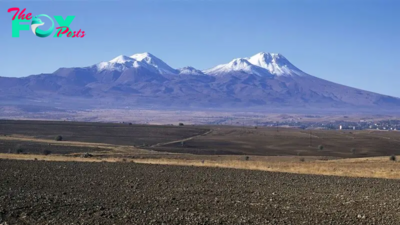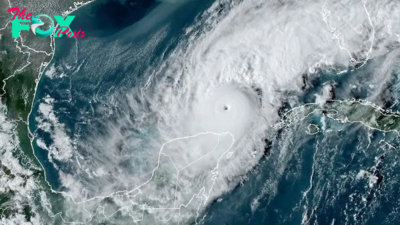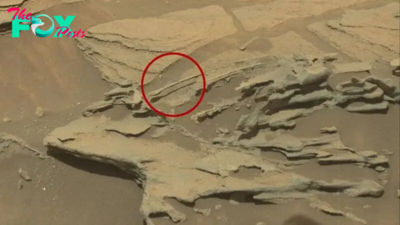Science
Single enormous object left 2 billion craters on Mars, scientists discover
A giant impactor that severely dented Mars' surface roughly 2.3 million years ago also carved out 2 billion smaller craters on the Red Planet as it shattered, a new study finds.
The main impact crater, known as Corinto, measures around 8.7 miles (14 kilometers) in diameter and is located in Elysium Planitia — a broad plain that straddles Mars' equator. Asteroids capable of leaving such a gigantic mark are estimated to only crash into the Martian surface every 3 million years or so, meaning Corinto may be the youngest crater of its size on the Red Planet, researchers revealed at the 55th annual Lunar and Planetary Science Conference in Texas earlier this month.
"Corinto is a fresh impact crater in Elysium Panitia that produced one of the most extensive systems of…secondary craters on Mars," the researchers wrote in a study released at the conference.
The team used data collected by the High Resolution Imaging Experiment (HiRISE) and the Context Camera (CTX) on the Mars Reconnaissance Orbiter (MRO) to examine Corinto and its surroundings.
The object that formed Corinto pockmarked the surrounding landscape with smaller craters, as fragments splintered off and shot outward in ray-like patterns still visible today, according to the study. These secondary craters are concentrated in an area to the south and southwest of Corinto, with the farthest flung ejecta landing 1,150 miles (1,850 km) from the main crater.
Related: Mars crater is 'chock-full' of opal gemstones, hinting at widespread water and possible microbial life
The researchers grouped the secondary craters into four "facies," based on their shape and distance from the main crater. Facies 0 craters, those closest to Corinto, appeared semicircular, whereas the farthest away, Facies 3 craters, were long and narrow.
-

 Science1w ago
Science1w agoYou Won’t Want to Miss October’s Rare Comet Sighting. Here’s How and When You Can See It
-

 Science3w ago
Science3w agoA New Spacecraft Could Help Determine if There’s Life on a Moon of Jupiter
-

 Science3w ago
Science3w agoWe Can Thank Deep-Space Asteroids for Helping Start Life on Earth
-

 Science4w ago
Science4w agoStranded Astronauts Set to Come Home After SpaceX Capsule With Extra Seats Reaches ISS
-

 Science4w ago
Science4w ago'Every volcano has its own personality': Mystery Mount Adams earthquake surge under investigation
-

 Science4w ago
Science4w agoEarth's crust may be building mountains by dripping into the mantle
-

 Science4w ago
Science4w agoHow strong can hurricanes get?
-

 Science4w ago
Science4w ago32 things on Mars that look like they shouldn't be there



























